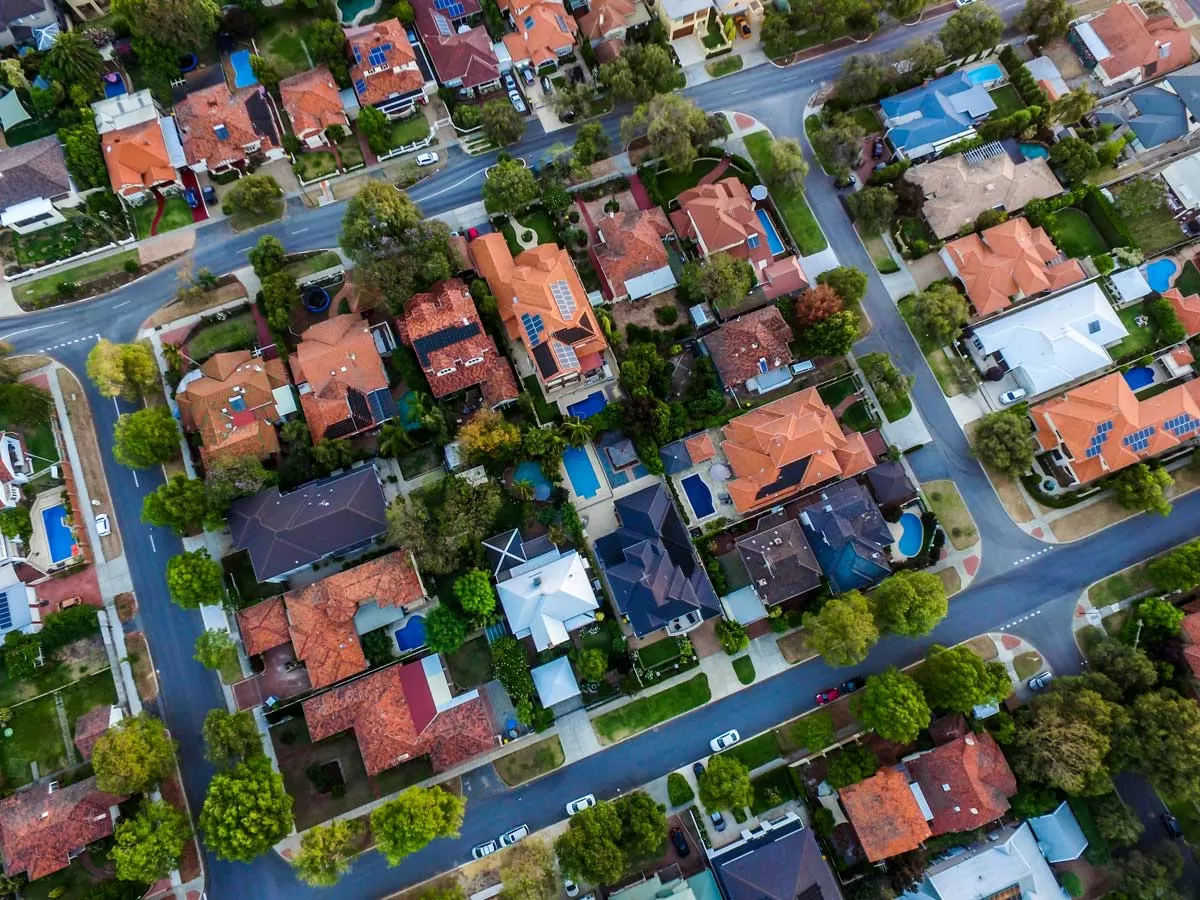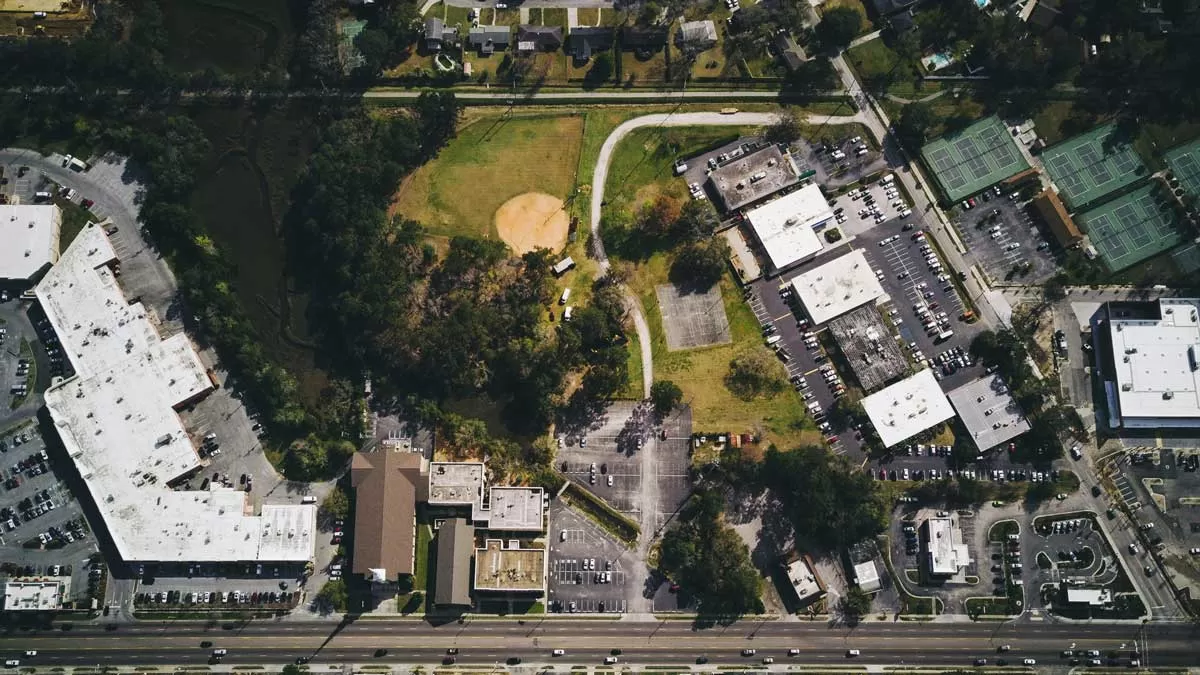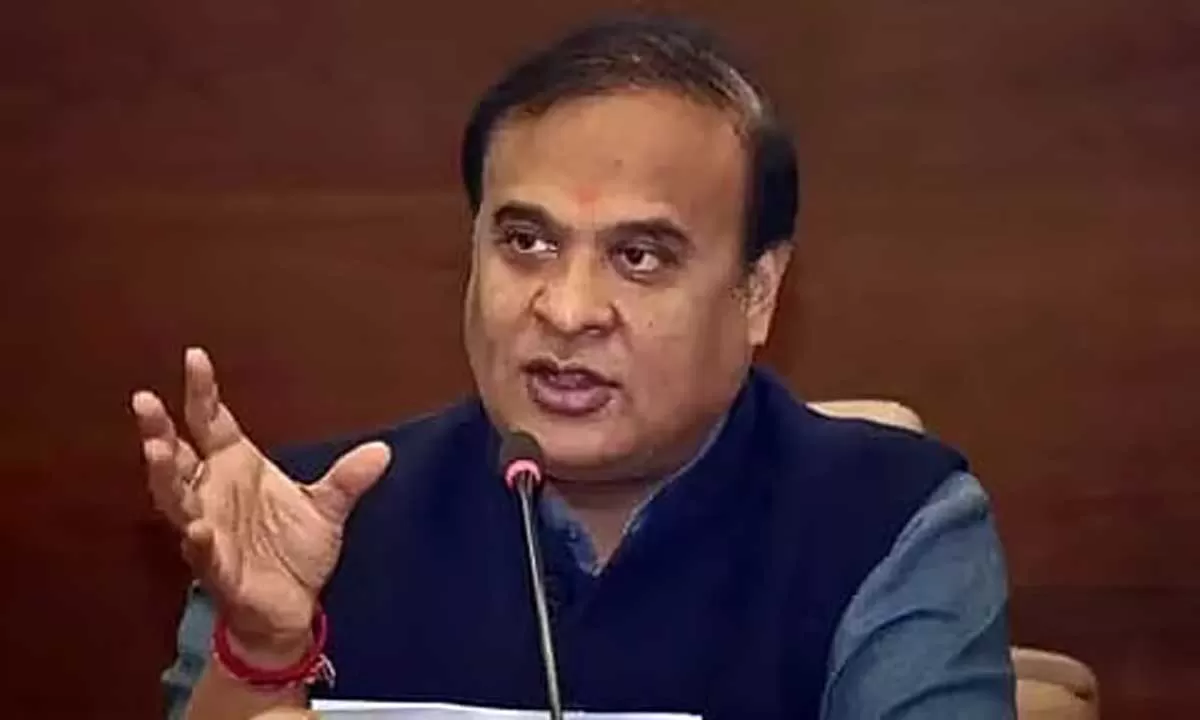There are cracks appearing everywhere. Even fissures at some spots. The world economy is in dire straits. Even the US economy is showing signs of strain. Europe, China, the Middle East have slowed down. Latin America is in trouble. North America is heading for trouble and India is trying to distance itself from the imminent trouble. We need to spend Rs 100 trillion over the next five years when we have spent just over Rs 75 trillion in the past 10 years. RBI is rapidly losing its headroom in kickstarting the economy as it continues to cut interest rates The above is an extract from my editorial in the CONSTRUCTION WORLD Annual 2019 released in October 2019 when the world was a safer place. Nothing has changed geopolitically for the better; everything has changed for the worse. The US-China trade war is at an inflexion point of brazen ugliness. The US election results will indicate which way the trade war will progress. China has taken an aggressive stance with India on the border; it has also begun courting our neighbours to make us insecure. Nations like Thailand, Lebanon, Venezuela, Chile, Kyrgyzstan and Belarus are already in the midst of unrest. Following the COVID-19 pandemic, the world’s GDP growth is projected to be negative 4.4 per cent while India is forecast to degrow by 10.3 per cent.As we closed our financial year 2019-20, India’s GDP had already slowed; for the full financial year, the number came down to 4.2 per cent from 6.1 per cent in 2018-19. The Indian economy grew at 3.1 per cent in the January-March quarter (Q4) of 2020, its slowest pace in at least two years. GDP growth was recorded at 5.8 per cent in the corresponding quarter of 2019-20. The construction sector also registered degrowth of 2.2 per cent compared to 6 per cent growth in the previous year. During such challenging situations, we see surprises and discover new heroes. GR Infraprojects has raced to become the fastest growing construction company in the large category ahead of Tata Projects, Dilip Buildcon and Afcons although, to be fair, it has the lowest base and therefore has an unfair advantage. L&T hit a market capitalisation of Rs 2 trillion in January 2018 when the GDP was at 7.7 per cent and it has hit Rs 1.25 trillion of late. J Kumar Infraprojects is valued higher than HCC, Patel Engineering, Simplex and Gayatri Projects and Ashoka Buildcon is valued at twice the value of J Kumar Infraprojects and PNC Infratech is valued at twice the value of Ashoka Buildcon. PNC Infratech, J Kumar and Ashoka Buildcon have figured in our top lists in recent years while Jaiprakash Associates, Punj Lloyd, Simplex, HCC and Gammon have not figured in our annual list for over five years. So, the construction sector shows resilience when faced with a drastic crisis. It is not so easy to switch it off. Cinemas, restaurants and hotels went down to zero as the lockdown hit us during the April to June quarter of 2020; though construction was hit hard too, contracting by 50 per cent, it held its ground to a greater extent. For the first time in our list of fastest growing construction companies, the number of companies emerging from Hyderabad was the weakest. When we began the exercise 18 years ago, the top three companies were from Hyderabad. Currently, only Megha Engineering and NCC figure among the top contractors’ list. Megha Engineering has emerged the second largest construction company but as it did not file its 2019-20 financial results in time, we could not include it in the fastest growing construction companies (GroCON) study. Four companies of the 10 winners this year are from North India, and five from the West.The COVID-19 pandemic has taught contractors to take care of their workers and keep their worksites clean and safe. It has also taught them the value of being digitally savvy, having files and data stored on the Cloud. They know that if they wish to grow, they need to arm themselves not only with good equipment banks but robust digital systems. As the cost of labour has increased, the value of skilled labour has risen even more. But more important, keeping the books clean and timely with good financial discipline will be the key as bidding conditions will seek stronger balance sheets. The value of creating a company brand that is trustworthy and has a reputation of being transparent will fetch better valuations at the stock market, allowing better leverage of stock.The CONSTRUCTION WORLD editorial team has been working from home since lockdown began in mid-March and it has continued to provide information across the digital medium through a range of webinars on topics ranging from infrastructure, construction technologies, roads and highways, ports, metro rail, steel, cement and real estate to architecture and design. We kept up a vigorous pace of webinars at the rate of two per week during the first 90 days of lockdown. From providing information on how to reopen industry and working sites and use of safety protocol at the workplace to seeking expert opinions on financial packages and relief measures needed for the industry and advocating the needs of the industry to the corridors of power in the ministries, CONSTRUCTION WORLD has been on the move, and on the job.The 15th CONSTRUCTION WORLD Architect & Builder Awards (CWAB) were also held virtually amid an audience of 2,000 from across India and overseas. The India Construction Festival also reached an audience of similar numbers with a two-day virtual platform that offered three panel discussions and two award functions. With nearly 50 awardees and 35 jury members from all over India conducting this exercise seamlessly, the brand has passed the test of continuity with not a single year missed during 18 years of the awards’ history.The Ministry of Roads, Transport & Highways has indicated that its mandate is to propel the economy on the back of a construction pace of 30 km per day. It has a war chest of Rs 2 trillion to accelerate this plan. It has heard the woes of the industry and quickly accepted required modifications in its working and begun to implement changes. Making payments to contractors at regular periodic intervals, making payments digitally, setting up a conciliation system while a project is on to avoid deeper areas of conflict and arrangement for sharing site data survey reports with contractors are some of the many changes introduced. Metro rail is the other strong pillar of our infrastructure progress with nearly 20 cities having metro rail under construction. Recently the 508-km Mumbai-Ahmedabad bullet train project has also been given a green signal with the first emerging L1 bidder, L&T, as the lowest bidder at Rs 249.85 billion for the design and construction of 237-km length of viaduct. The bullet train may seem like a vanity project but getting Japan to fund the project under a 50-year loan at 0.1 per cent rate of interest, where civil works and building material supplies are not restricted to Japanese companies, seems to be a positive benefit. Getting overseas sovereign funds to invest in India’s infrastructure is our best option to catch up with economic growth befitting our demographic dividend. Such massive infrastructure projects that break ground now will restore employment generation. So, while we will need to pay for these after 50 years, we would have infused capital for growth. Meanwhile, the National High-Speed Rail Corporation has also announced plans for seven new projects at an expected cost of Rs.10 trillion.The road ahead is rocky as the economy has to traverse difficult terrain with no solutions yet in the offing for the pandemic. Yet infrastructure is the best bet the country has to revive the economy. Just as metro rail, roads and the bullet train projects have been able to draw capital from foreign sovereign investors and others, we need FDI in our smart cities, airports, ports, power and railways. Our ability to attract capital will set the tone for our economic recovery.Follow me on twitter @PratapPadode


















